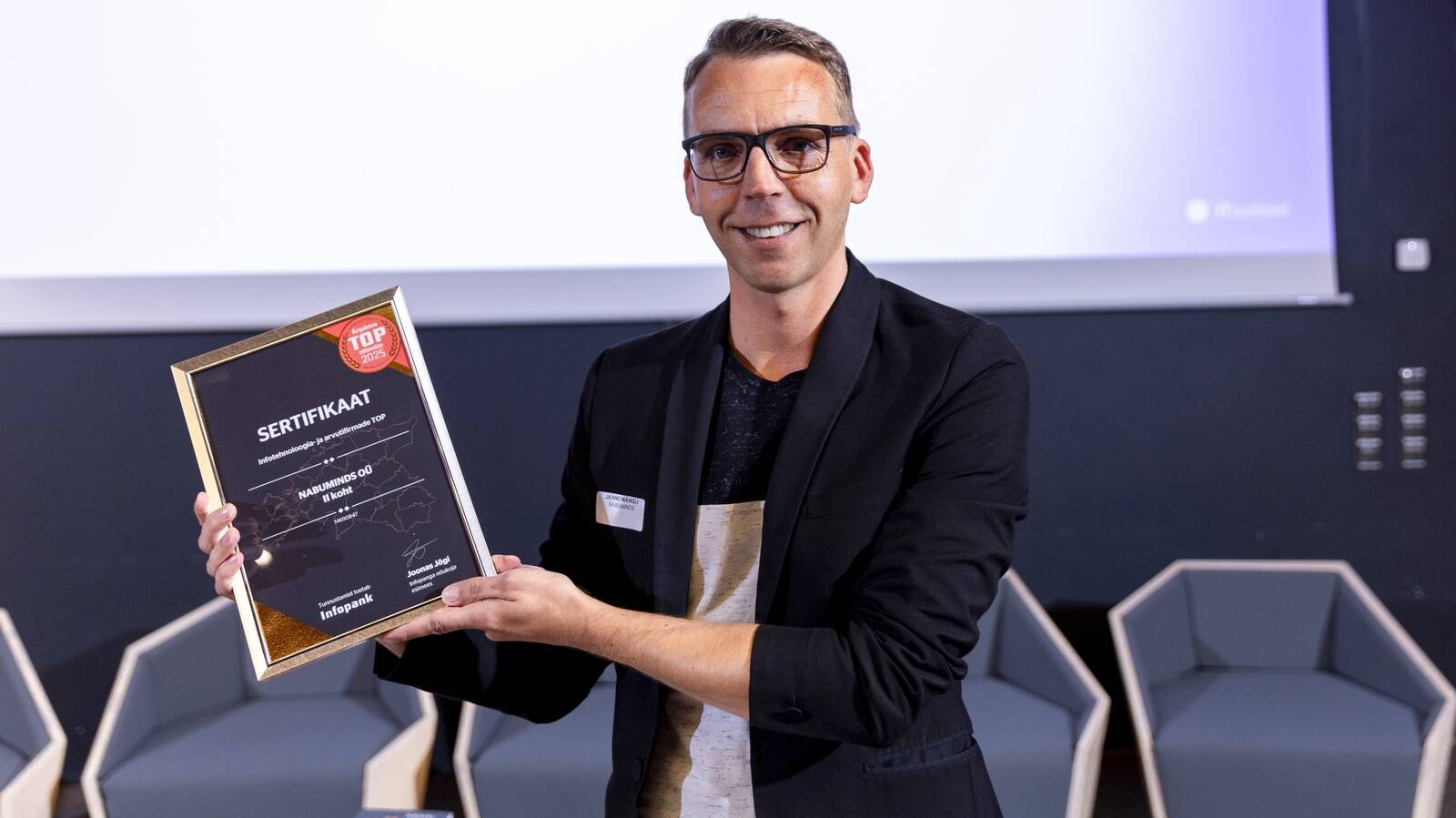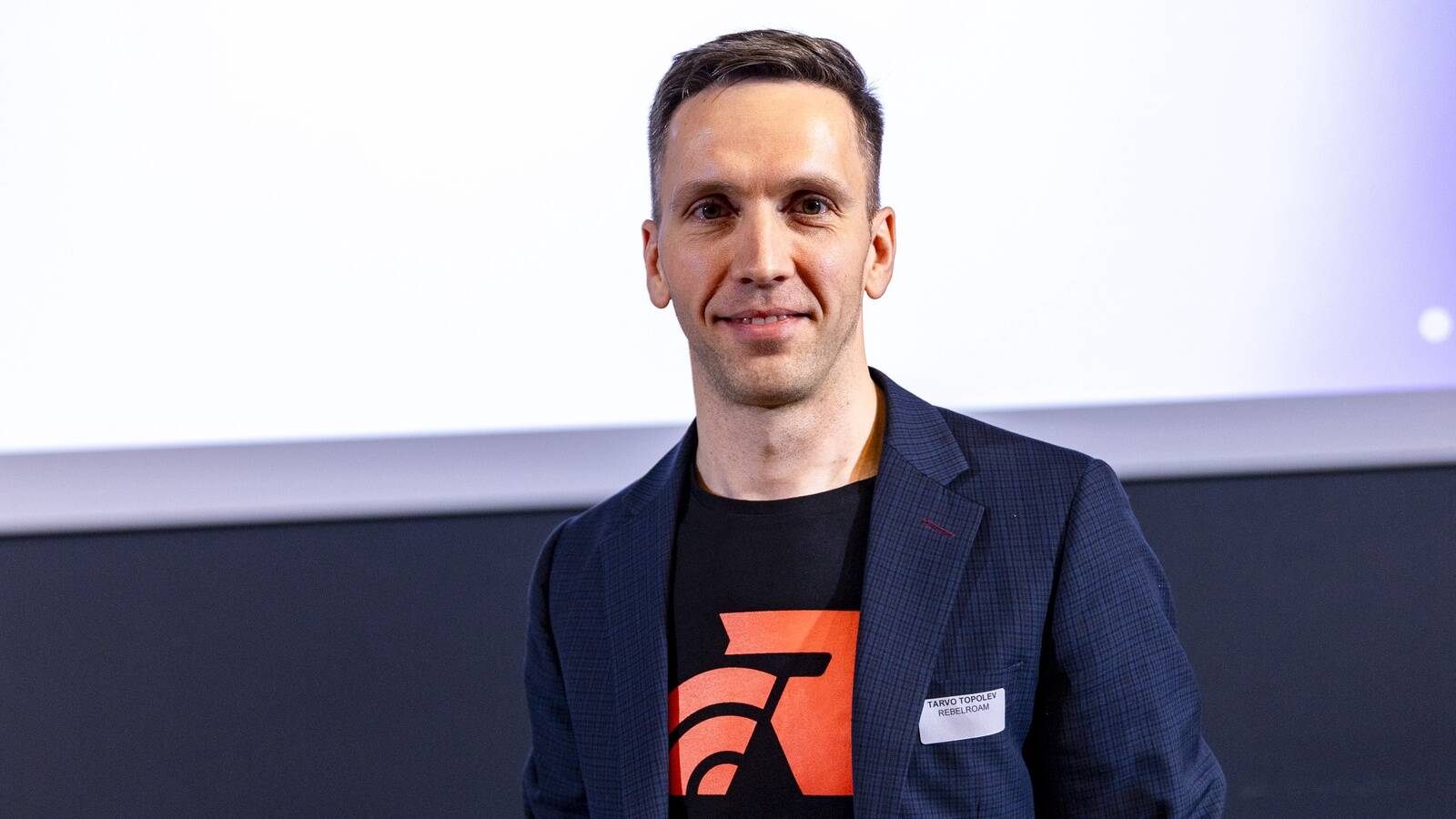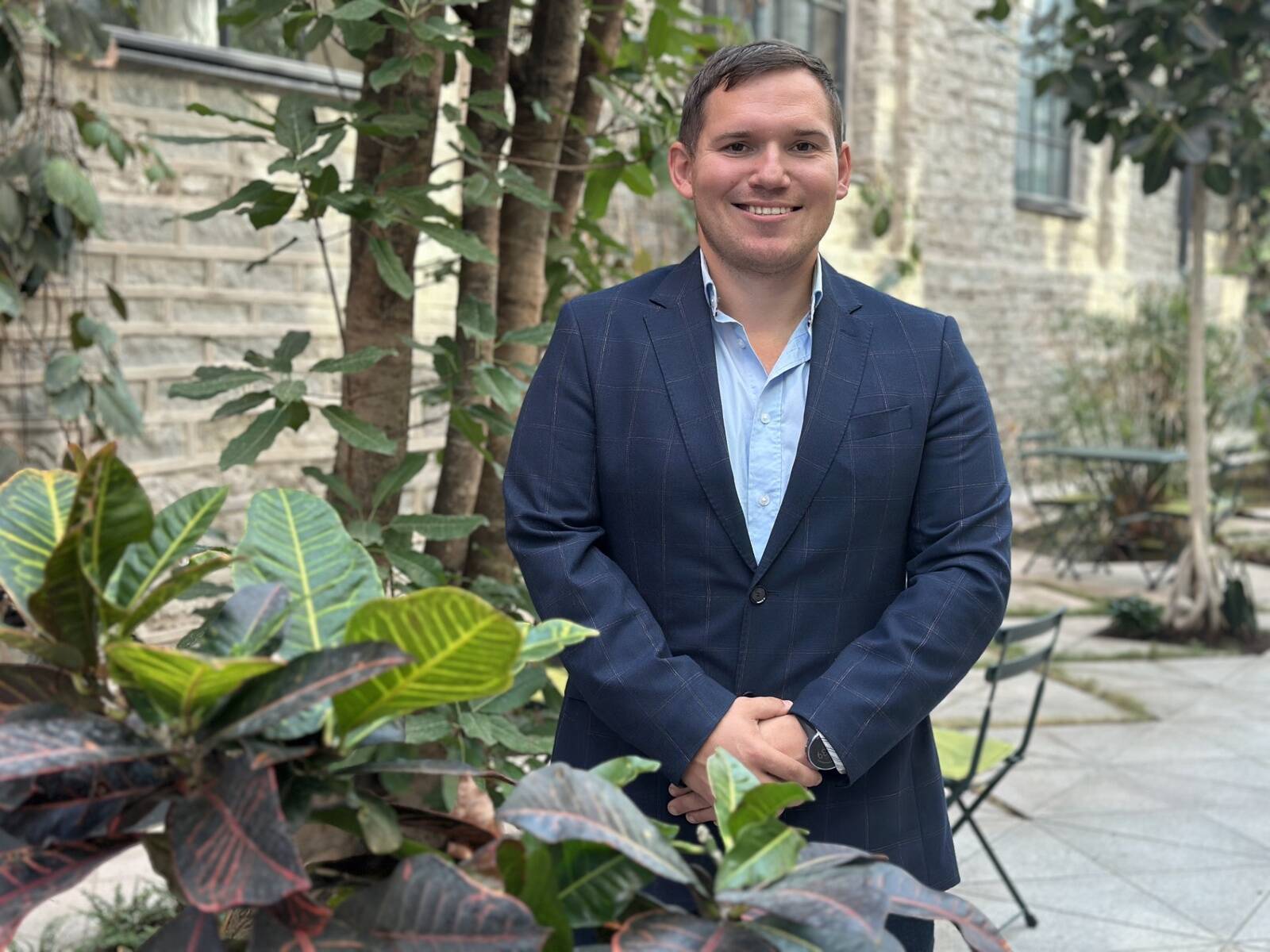- ST
Tule osale tasuta Azure webinaridel!
Liitu webinariga ühel järgmistest kuupäevadest ja omanda teadmisi Azure'i pilvelahenduste kohta! Osalemine on tasuta, vajalik on vaid eelnev registreerumine, saate seda teha alloleval lingil.
20.09.2022 kell 11.00-12.30 – Webinar Azure'i katastroofi taastamine, hindamine, parimad tavad ja arhitektuur. Registreeru siin TASUTA!
23.09.2022 kell 11.00-12.30 – Webinar Azure'i turvalisus ja haldamine kohapealsete ja pilvandmekeskuste jaoks. Registreeru siin TASUTA!
Webinaride korraldaja MY Synergy on tervishoiualane nõustamisettevõte, mis on pühendunud tervishoiu parandamisele digitaliseerimise kaudu. Ettevõte on Bulgaaria 2022. aasta Microsofti aasta partner, pilveteenuse pakkuja (CSP) programmi Microsofti kuldpartner ja esimene Microsofti partner, kes on liitunud teenusega Microsoft Cloud for Healthcare Kesk- ja Ida-Euroopas.
Join us on one of the following dates and gain knowledge about Azure cloud solutions! Participation is free, but registration is required.
Azure Disaster recovery, assessment, best practices, architecture - September 20th, 11 A.M. – FREE Registration
Azure Security and Management for on-premise and cloud data datacenters - September 23th, 11 A.M. – FREE Registration
Productivity improvement & security optimization of IT infrastructure
MY Synergy is a health-tech consultancy dedicated to improving healthcare through digitalization. The company is Microsoft Partner of the Year for Bulgaria for 2022, a Microsoft Gold Partner under the Cloud Service Provider (CSP) program and the first Microsoft partner onboarded to the Microsoft Cloud for Healthcare in Central and Eastern Europe.
We draw experience from decades of work in healthcare-related organizations, NGOs, and government organizations, where we spearheaded their digital transformation efforts. That, along with our shared experience in numerous other projects, enables us to deliver in-depth solutions to the many complex challenges facing the industries.
We strongly believe in the synergies we create. Our team is diligent, qualified, skilled, and committed. We dedicate special time to additional courses that improve our professional and personal lives and try to positively influence those around us. That’s why we’re providing a series of webinars and sharing our knowledge.
Below is one of our successful projects that we’re very excited to share!
How MY Synergy improved the IT infrastructure of a medical university, allowing it to collaborate better, both internally and internationally?
Medical University – Pleven (MU-Pleven) is one of the four major medical universities in Bulgaria. The institution admits hundreds of new students every year, while thousands partake in intensive medical courses. MU-Pleven is an active member in the global academic exchange via a number of specialized networks focused on faculty, students and medical innovation.
In order to conduct these activities efficiently, MU-Pleven needs to improve its overall IT infrastructure and streamline much of its day-to-day work.
MU-Pleven’s leadership embarked on a long-term mission to digitalize processes related to the university’s faculty management. As part of the dean’s strategic vision, productivity had to be substantially improved via the standardization and unification of processes within the organization. As a secondary goal, data security had to be increased in order to support and protect the newly-found sophistication of its IT infrastructure.
We began the project with our time-tested GAP analysis. We talked to decision-makers and workers alike, dug deep into the organizational processes, dissected the business goals of the university, and looked carefully at what tactics would be able achieve the client’s strategic goals. As always, this included a situational, as well as a risk analysis.
The end-product of this preliminary stage was a roadmap, which featured our strategic vision, as well as the concrete steps that had to be taken to attain success.
These steps were:
1)improvement of IT infrastructure
2)increase in user productivity
3)information security
Improvement of IT infrastructure: uniform identity
At the onset of the project, there was no centralized identity for users accessing productivity apps within the university’s IT infrastructure. Naturally, that ended up being our first objective. We introduced a uniform identity implemented in a dual capacity – an on-premise Microsoft directory founded on physical servers, as well as a cloud-based Azure directory enabling universal authentication. The two domains were synchronized to collaborate seamlessly. Some apps would be based on the university’s local servers, while others communicated via the cloud. That decision was made due to legal, as well as practical reasons.
However, the user experience was not impacted by this dual implementation. Employees of the university were now able to log into the various apps using universal credentials. That means that from now teachers and administration employees of MU-Pleven would be able access their emails, Wi-Fi, HR, accounting and other productivity apps via a single identity.
Crucial to this stage of the project was the client’s desire to access eduGAIN.
eduGAIN is a network for learning, teaching and data exploitation centered around the use of a single identity. It allows MU-Pleven’s faculty to engage in a global knowledge exchange comprised of thousands of medical researchers and practitioners and millions of students. Not only are members of the network allowed to engage with each other, they are also able to do so using uniform credentials.
This part of the project was the foundation upon which we built the rest of the infrastructure. The introduction of a single identity solved many organizational problems and paved the way for the next stage – productivity improvement.
Increase in productivity: organization of labor
Once we finished implementing a single identity for MU-Pleven’s employees, we moved onto some housekeeping. The migration of the mail service to the cloud was a big part of that. Our choice for the new cloud-based mail service was Microsoft’s Exchange Online – a system that provided a much larger storage capacity, better security and guaranteed access.
Next on our list was the implementation and configuration of SharePoint. Previously, our client used a local environment to collaborate internally, but it was now time to migrate to a much more capable cloud-based intranet. We moved the data from the university’s local servers and made sure to utilize SharePoint’s full capability. That meant improved security, more storage and OneDrive integration. The security element of this step cannot be overstated. Universities might not be among the most common targets of malicious activity, but they, too, occasionally fall victim to ransomware attacks.
And yet, as important as the improved security was, the biggest change here was the integration of the single identity within the frameworks of Microsoft Teams and Moodle. Since employees of MU-Pleven were now able to log into the various productivity apps using universal credentials, we were able to link MS Teams groups to Moodle resources. We defined dynamic Microsoft 365 user groups and granted them access to specialized data and services via Azure. This enabled a high level of labor organization and collaboration, not least because all information was now securely stored and sharable via Teams and SharePoint.
The end-result? Faculty would now be able to collaborate on teaching resources or academic research using a single identity, while all data is structured, deliberately categorized and safely stored in the cloud.
It could be said that the single identity implementation from stage one was only the beginning, while the secure, cloud-based sharing and organization of labor achieved in this stage, was indeed the end goal.
Information security: Azure framework
Much of the work on security had already been done at this point. Hosting large parts of the IT infrastructure on Azure meant data security was intrinsic and guaranteed.
But to make absolutely sure, we also introduced an Azure data security center, complete with Azure Defender and Azure Sentinel.
These two modules are essential for any large organization dealing with large pools of information, because they provide multiple layers of protection.
Two-step authentication, cloud-based backups, real-time monitoring and reporting, as well as AI-powered security analytics, are just a few of the features that come into play here.
Conclusion
MU-Pleven’s project was a classic example of capacity building, and the way MY Synergy approaches this kind of challenge.
We had a structured approach (roadmap resulting from a GAP analysis), which emphasized continuity. The introduction of a single identity (stage 1) led to expanded opportunities, and once realized, those extra features improved the institution’s overall productivity (stage 2).
IT solutions are meant to service business goals. They should not exist in and of themselves. By incorporating the necessary infrastructure, we were able to increase the level of cooperation within the organization itself, as well as its capacity to collaborate with external partners.
Seotud lood
Tänapäeval on arvutist saanud partner, kes võtab enda kanda rutiini ning laseb kasutajal keskenduda sellele, mis on päriselt tähtis. Tehisintellektiga (AI) varustatud masinad ei ole enam kauge tulevikuvisioon, vaid abilised, mis muudavad töö sujuvamaks ja loovamaks.
Enimloetud
Viimased uudised
Hetkel kuum
Liitu uudiskirjaga
Telli uudiskiri ning saad oma postkasti päeva olulisemad uudised.
Tagasi ITuudised esilehele









